Hello!
The first cell phone I got was back in 1997. It was a weighty folding brick, in which there was no SIM card, and the number had to be soldered mechanically. This was done in the operator's service center, where the phone had to be left for 2-3 days.

Then there was, by today's standards, the monstrous Benefon Dragon.
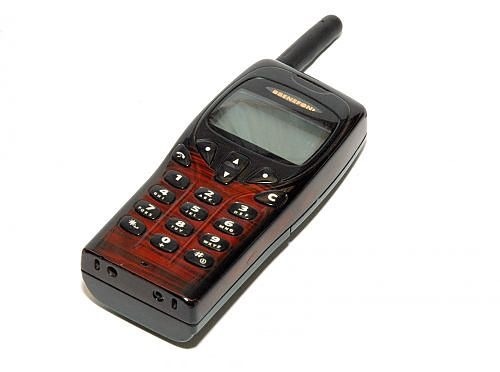
And even the Neo phone from the matrix, Nokia 8110, or in the common people 'banana'.
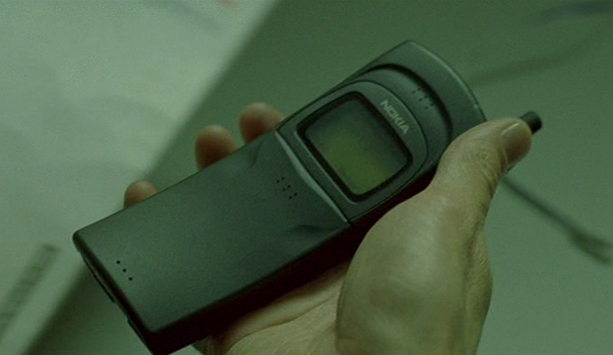
However, already at that time, the anime genre, especially in the cyberpunk style, firmly took its place in my youthful mind. Looking at how famously the heroes of these Japanese cartoons use gadgets in the pouring rain, in the sea, in the pools, I dreamed that I, too, would one day have such a communication device that would not need to be protected from water.

The picture is random. Taken from pinterest.com
Moreover, these dreams were based not on the very fact of owning such a device, but on the awareness of the convenience that I would receive if I had a waterproof gadget. I believed and still believe that at the moment, electronics has become an integral part of our life, and there should be no barriers to using it wherever you want. I do not take into account the moral aspect of this question, for everyone understands this to the extent of his depravity. I do not want to think about the rain outside when I need to call or find something on the net. Or do not be afraid to put a smartphone with an open recipe on the kitchen table while cooking. This is basic comfort, and I am very sorry that manufacturers have just now taken up this trend in droves.
First
My dream came true at the end of 2010 with the purchase of the legendary Motorola Defy. It was something. Small, pot-bellied, comfortable and … waterproof!

Of course, it was immediately tested in a bowl of water. Was I scared? No. Well, maybe just a little. It was much more curious, and at the same time I was bursting with delight at the realization that now I have a gadget that can be used everywhere! After the first basin of water, Defy surprised friends and acquaintances countless times with safe dives in water, beer and snow.
Of course, it was disassembled to understand how it is waterproof. I experienced mixed feelings. Banal, not very reliable rubber gaskets. The only thing that surprised me was the diaphragm of the polyphonic speaker.
From that point on, I decided to only buy waterproof phones whenever possible. It did not always work out, but nobody forbade to strive for it.
Among the rugged phones were Sony products, which were also tested underwater. Thank God that I conducted the tests almost immediately after the purchase, and not later, when the low-quality scotch tape would have already begun to peel off.
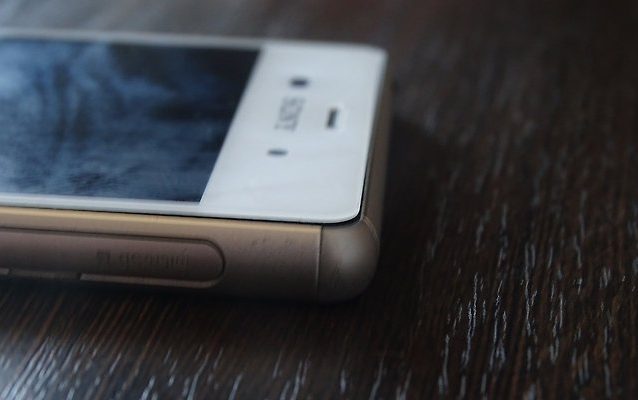
Photo from farpost.ru
At the moment I have two waterproof devices. These are Samsung Galaxy S7, and Galaxy S7 Edge.
And at a certain moment I became extremely curious to understand how water resistance is achieved in modern devices. Let's find out together.
Parsing
The first thing to start with is a visual inspection.
With the display, everything is clear – around the perimeter it is most likely glued with either good tape, or glue, or both at once. We won't shoot – it's dangerous. But, I think, there is no revelation.
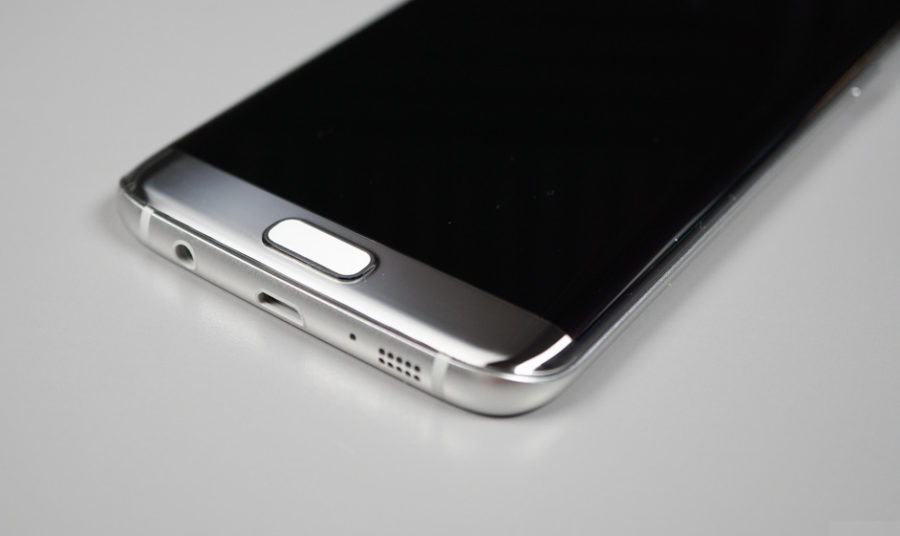
The Home button is glued around the cutout to prevent water ingress.
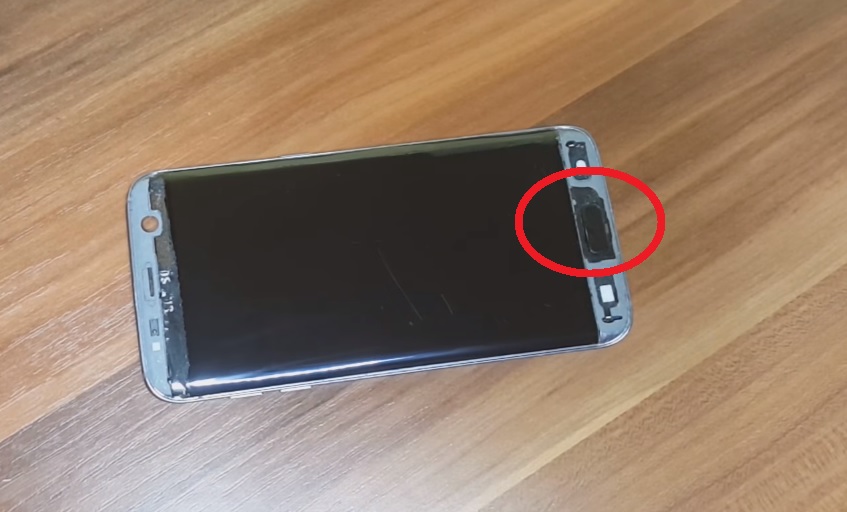
We go inside. To do this, we need to peel off the back cover. We warm it, pry it off with a plastic connector (so as not to split it) and carefully peel it off around the perimeter.
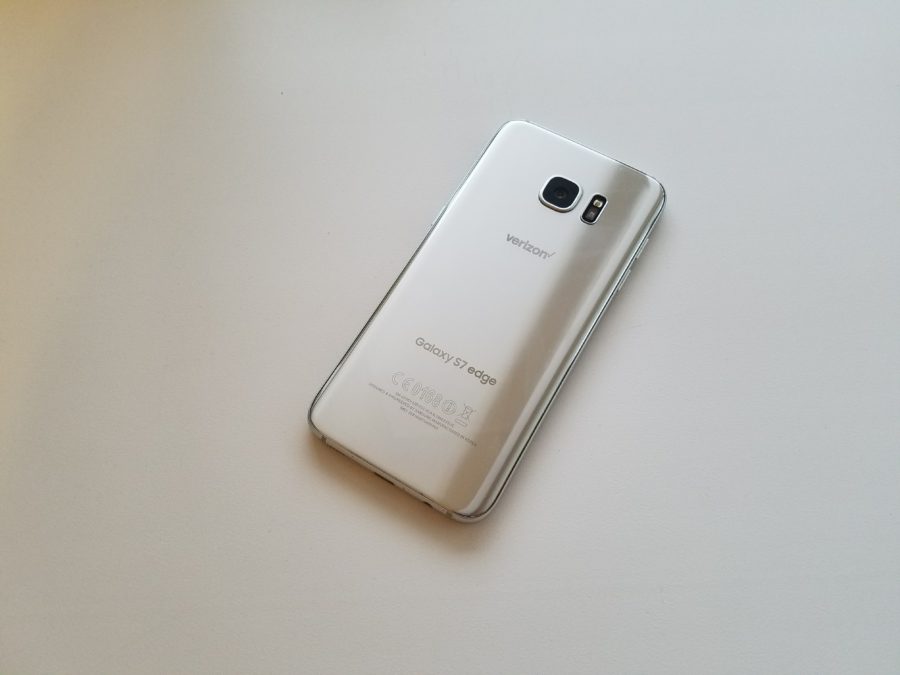
A double layer of protection awaits us inside. This is glue around the perimeter, and at the same time tape. The most important places are additionally glued.
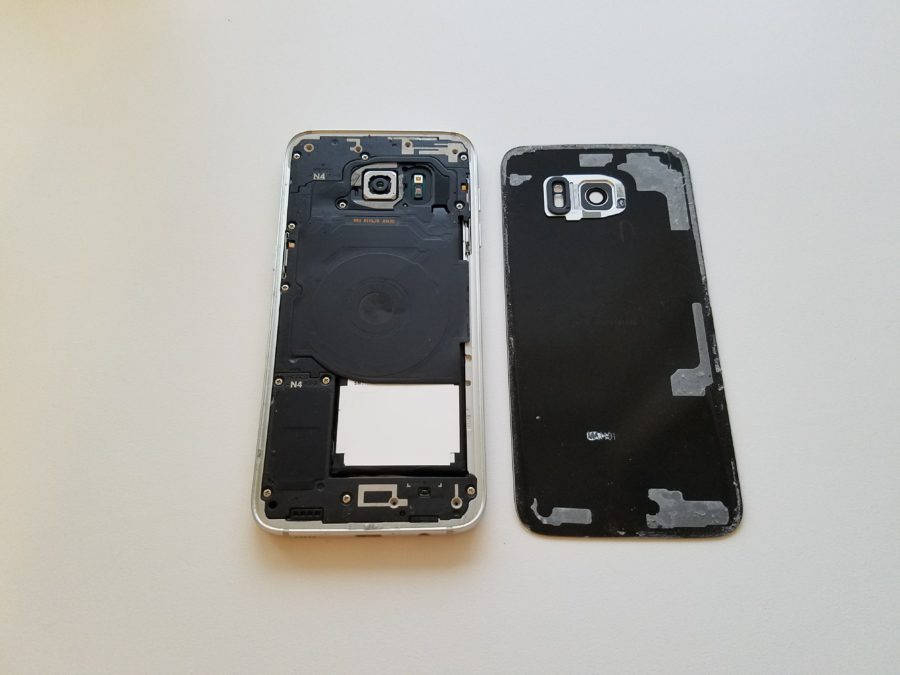
The cover has a seal in the area of the heart rate monitor and the flash.
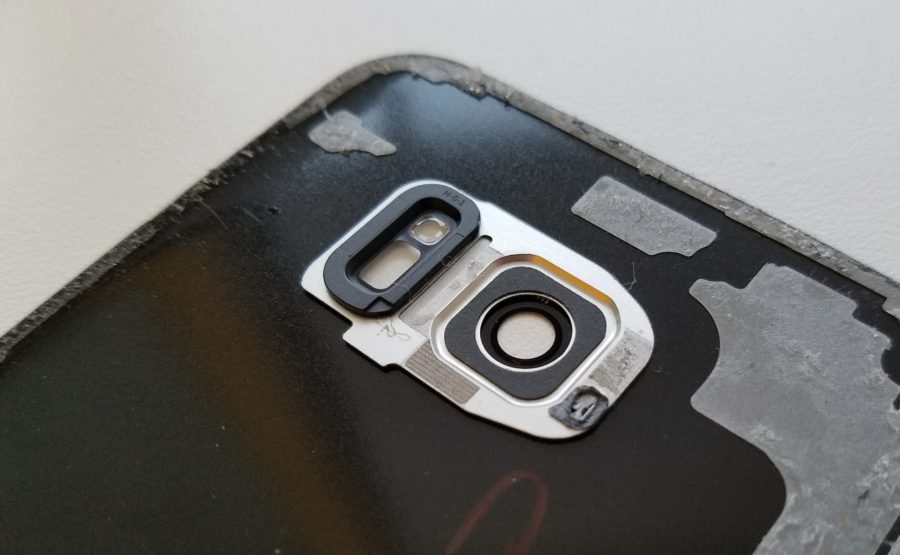
The glue is very dense and strong. had to warm up thoroughly. The perimeter is glued conscientiously. But, everything is expected here. The most logical and simple way was chosen.
A plastic protective screen with built-in wireless charging and NFC is found under the cover.
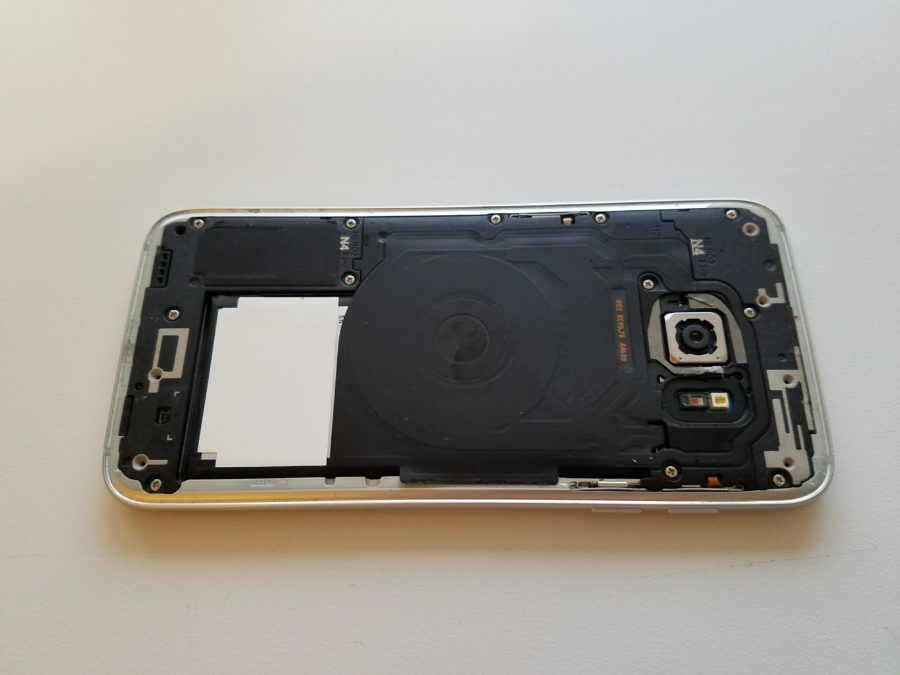
We shoot to understand if it has anything to do with waterproofness.
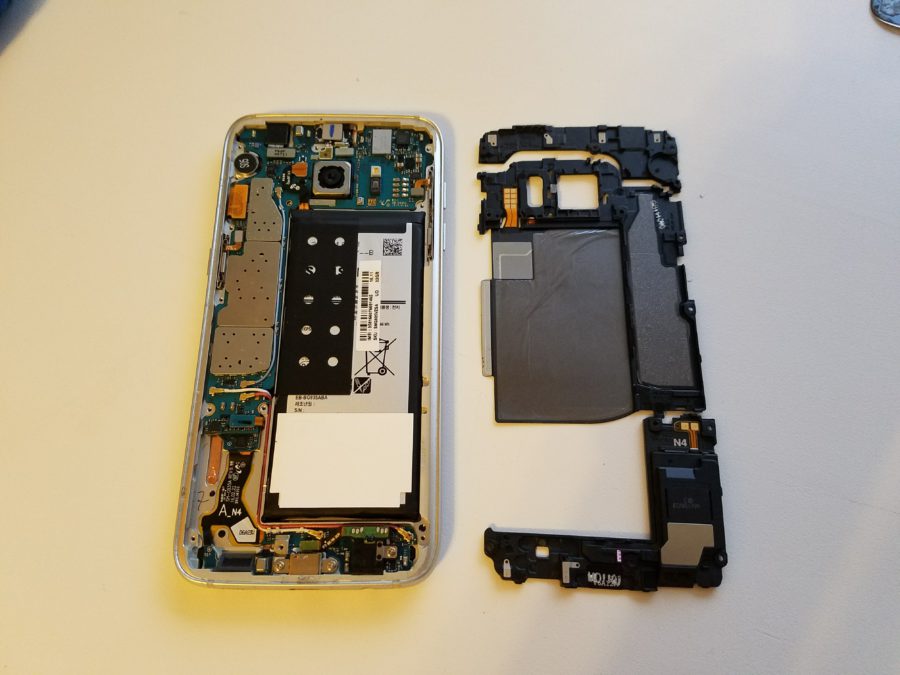
It has. The bottom of this screen is a polyphonic speaker. There are several holes on the body such as the microphone, charging connector and speaker grill.

The speaker has a membrane, which seems to be the very same barrier to water. But no, the membrane is water permeable.
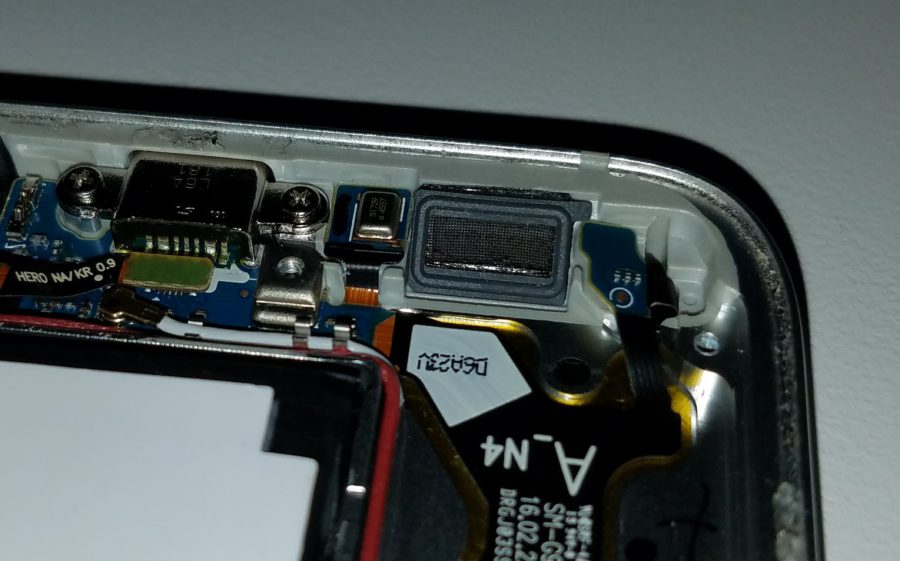
But the speaker housing, which is tightly pressed against the rubber gasket, does not let through. It is that very sealed element that does not let water inside through the speaker mesh. Why then the grid? Keep dirt out.

Go ahead. Jack 3.5.
Unscrew the screw and take out the connector. Sits very tightly. And as in the case of the speaker, it locks the connector hole. There is also a rubber seal at the end. Gracefully.
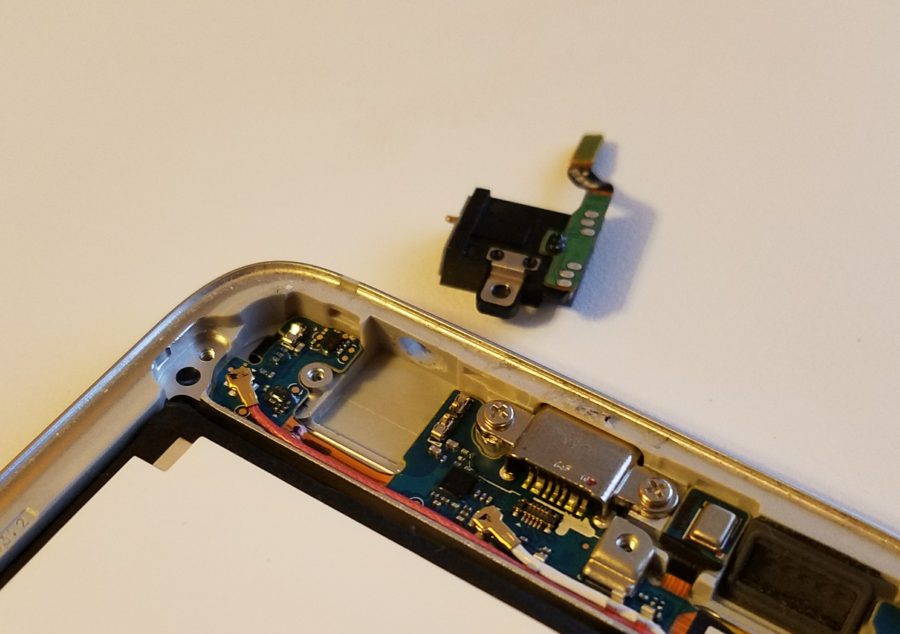

There is one more hole – a microUSB connector.
Exactly the same solution – the connector body is made in the form of a sealed block with a rubber gasket at the end, with which it abuts against the body, and is tightened with screws.
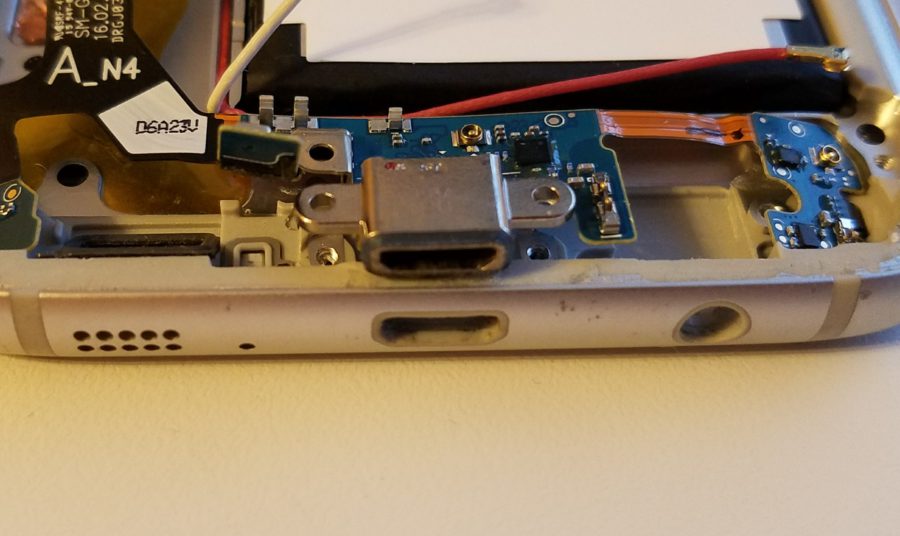
They did not become original, and thank God. Considering the soft rubber pads and the rather tight connection, tightened by the screws, it looks reliable.

And finally the microphone. Everything is simple and complicated here. I could be wrong, but it looks like there is a one-way permeability membrane like the good old GoreTex. And also, a rubber plug. Considering that the microphone works well and does not allow moisture to pass through, well done.
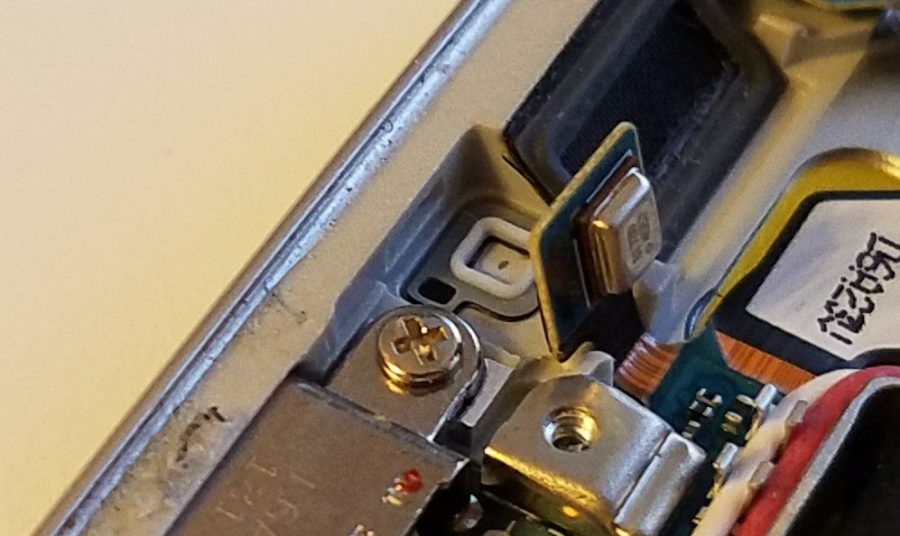
I wonder what the protection of the spoken speaker looks like?

We remove the speaker. It is difficult to film. It is better to do this slowly, preheating so as not to damage. After removal, we see that along the perimeter of the speaker has a sticky base made of adhesive tape, which sticks to the frame of the case and provides protection from water.
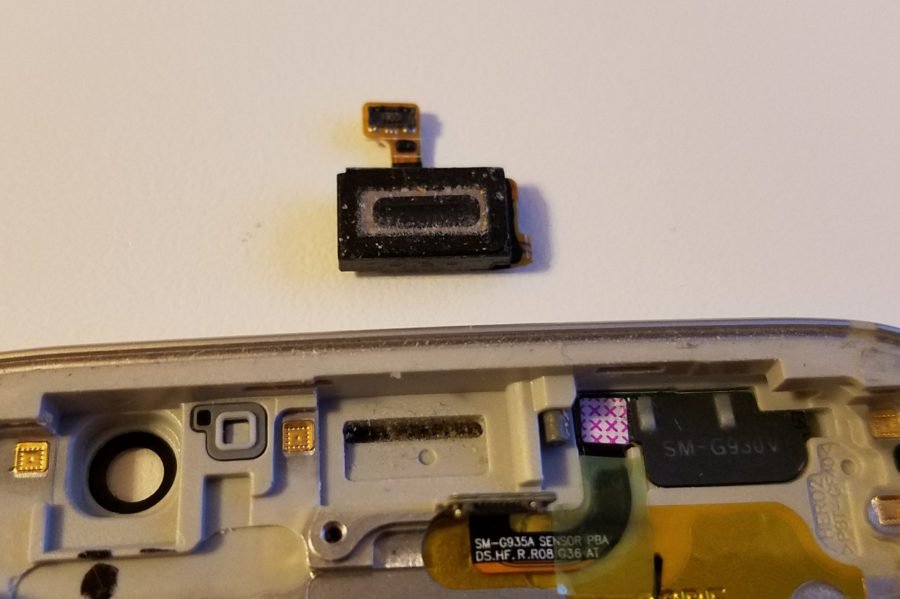
The diffuser acts as a water barrier, which is hermetically sealed to the diffuser holder. The same was done on my old Defy. On the other hand, if the solution works, why reinvent the wheel?
Nearby there is a second microphone opening, which is protected as well as the lower microphone.
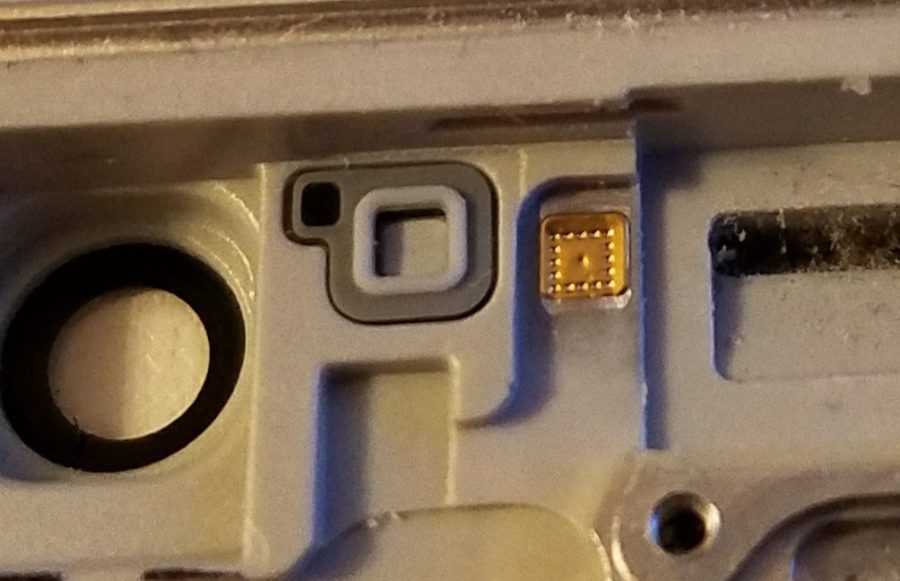
The SIM card tray has a rubber rim. Everything is simple here. Is it reliable? Well, since the phone sank several times and remained alive, then yes, it is reliable.
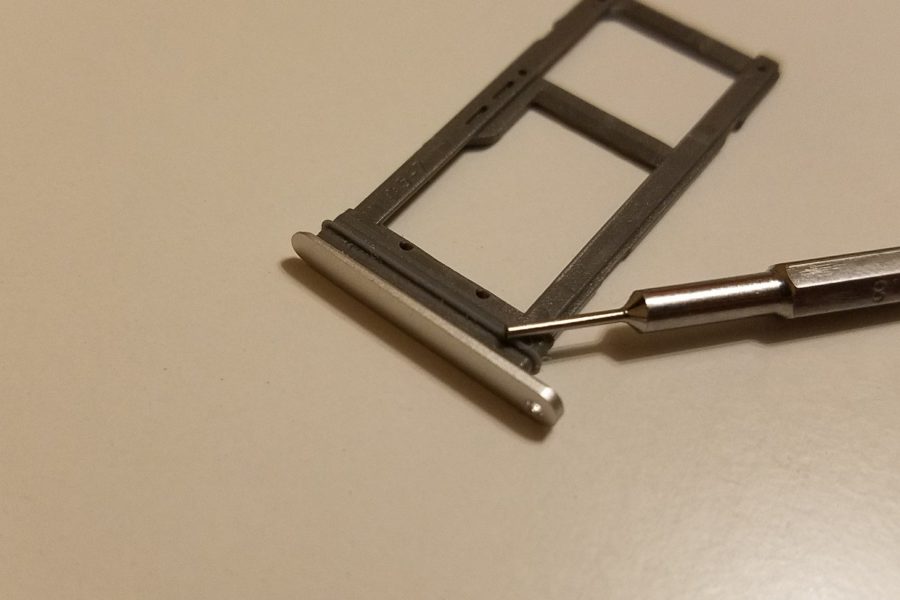
And now about that which surprised me very unpleasantly. Let's see how the side button protection is implemented.
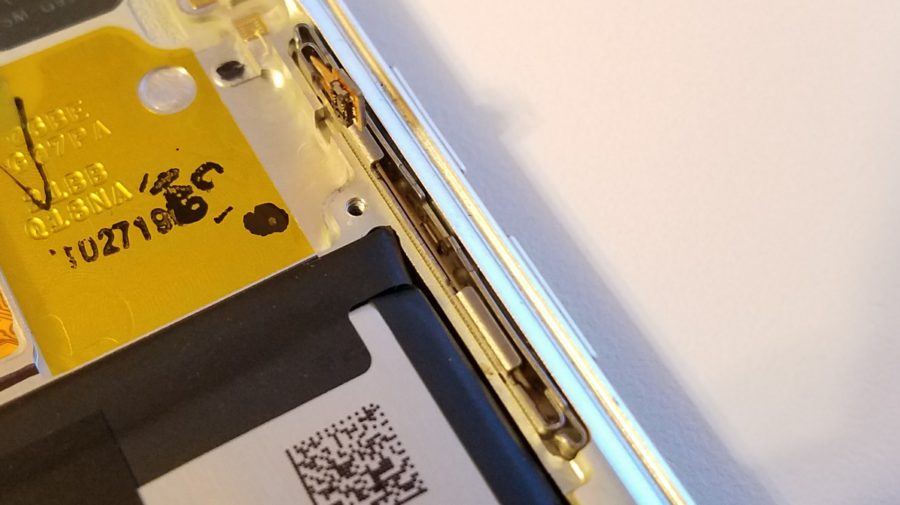
The design looks strange. Obviously a national team. It is understandable, probably, one part with the 'clicker' itself is pulled out, and the base remains glued to the body. Drum roll – everything is pulled out.

And on the second half of the mechanism, a rubber strip with a membrane is simply glued …

When placed in a groove, this very rubber strip simply presses slightly against the body, which ensures the protection of the buttons. Wow. Risky like that.
Of course, Samsung engineers know better, but this design does not look very reliable. Rather, it is not at all reliable. Especially if you know with what meager force the element is pressed against the body. And if, in the case of the jack 3.5 connector, this very effort is felt, because you can only insert the connector back by pressing it hard, then all this literally falls out from a slight pressure. I am impressed. Very unexpected.
By the way, the push button itself is very easy to remove even from an unassembled phone. In this case, the tightness is not broken. Therefore, if you scratched or spoiled the button, you can safely pry it off with a needle or tweezers, take out and put a new one – the protection from water will not suffer.
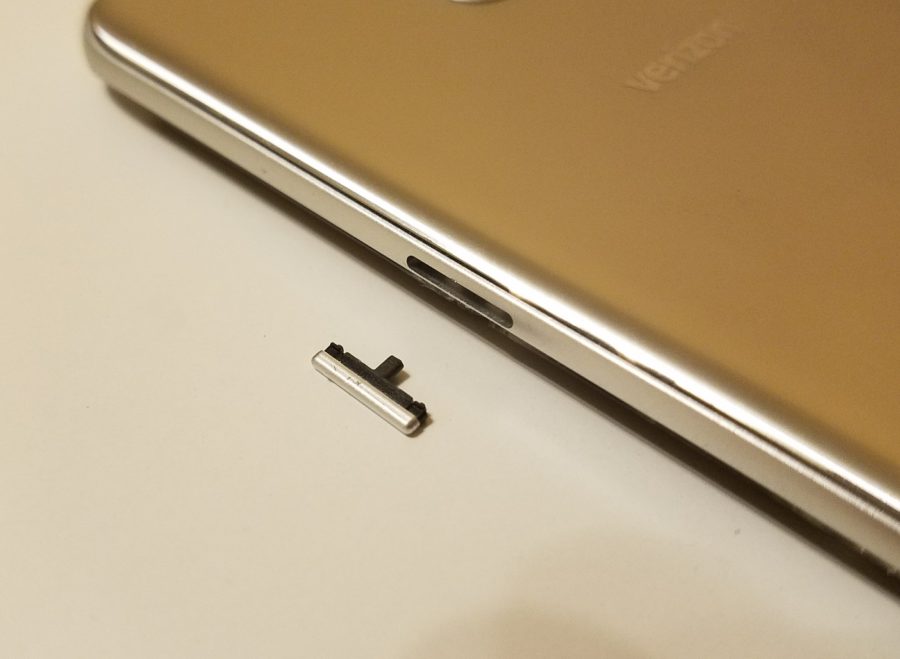
In addition to the tightness, I was surprised by the presence of an advanced cooling system – along the right side of the case there is a copper tube that serves to dissipate heat to the frame.
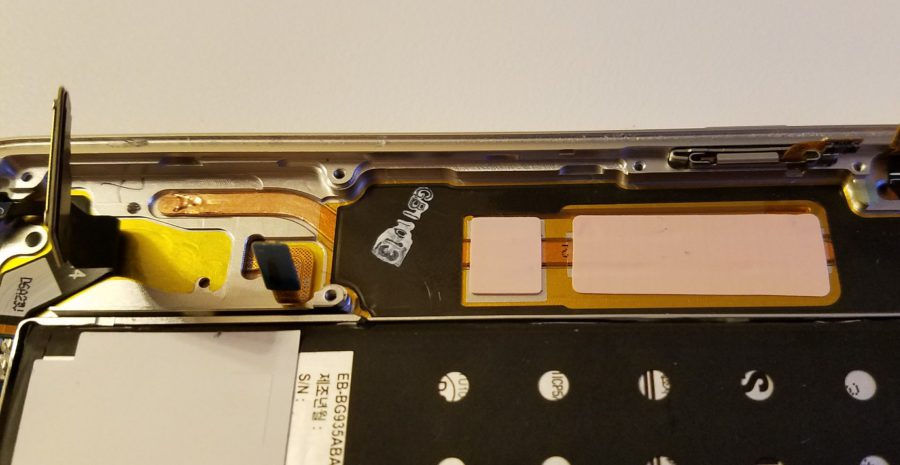
Yes, this is not a new solution, but when you just read about it, this is one thing, and when you see with your own eyes, it is completely different. For some reason, it impressed me. ?
Conclusion
Starting to disassemble the device, I did not know what was waiting for me inside. It was all the more interesting to twist and touch everything with your own hands. And if the solutions with connectors and speakers did not become a revelation, then the buttons were an unpleasant surprise. Despite the awareness of the fact that once the device has passed certification, then this protection option is effective, with possible flooding and diving of the phone, I will not leave the thought of whether it is safe.
In any case, it was interesting and useful for me to find out how water resistance is arranged 'in a Samsung way'.

Thanks to this experience and knowledge, the almost forgotten project to create a waterproof Galaxy S6, which, at one time, was not bought by me only due to the fact that after the controversial S5, the six, with all its advantages, did not receive the cherished protection from water.
Write in the comments, what else would you like to know about this? And I'll try to get a test subject and tell you about it, but for now I'm going to solder my Frankenstein, muhahaha (sinister laugh)?
